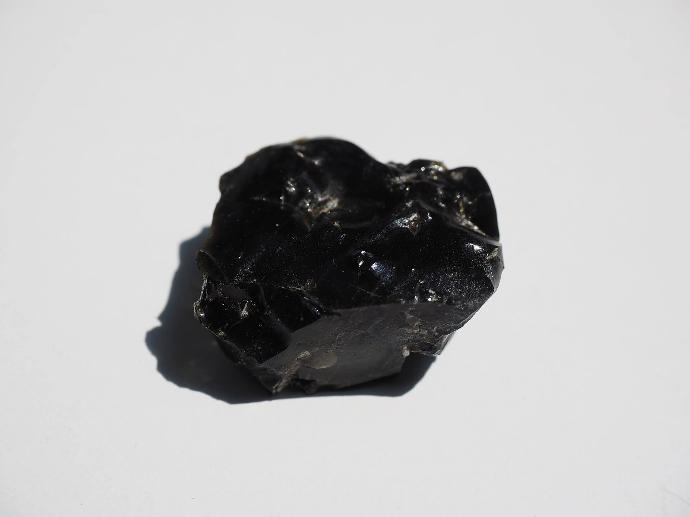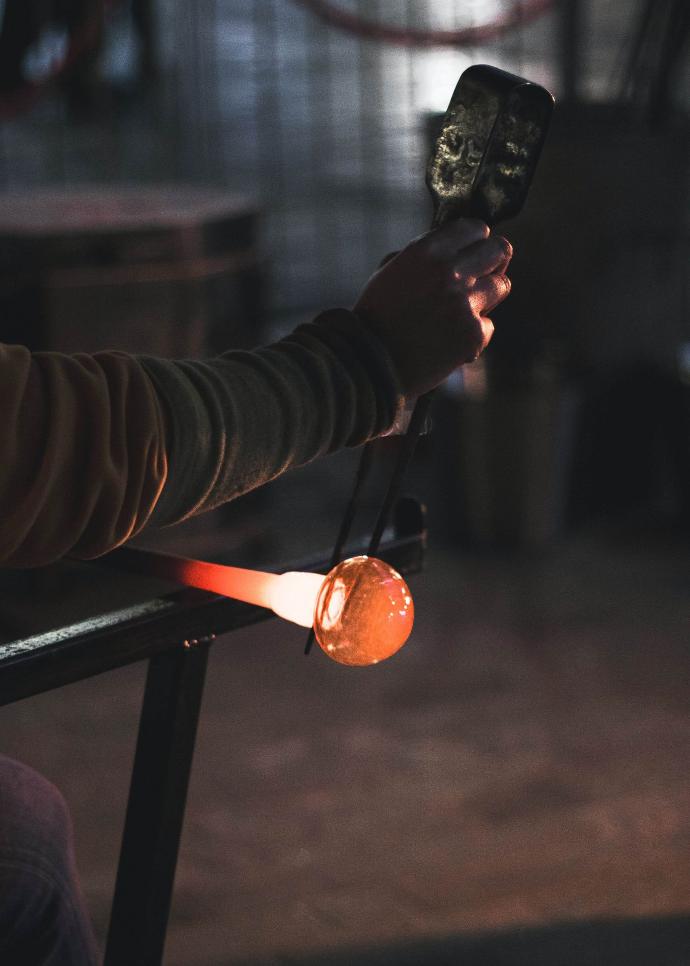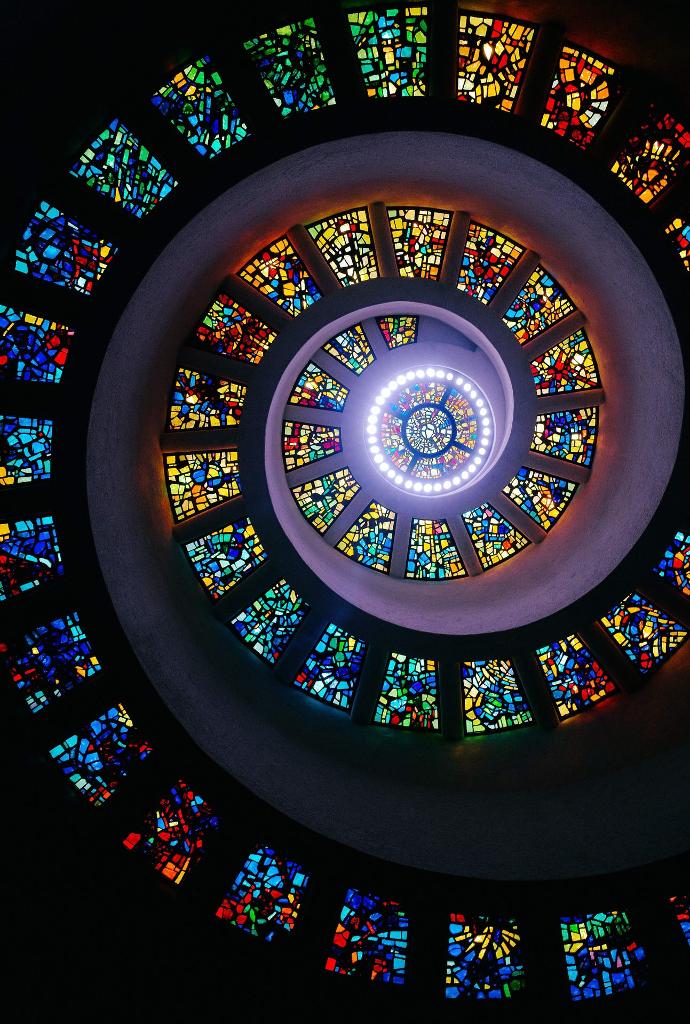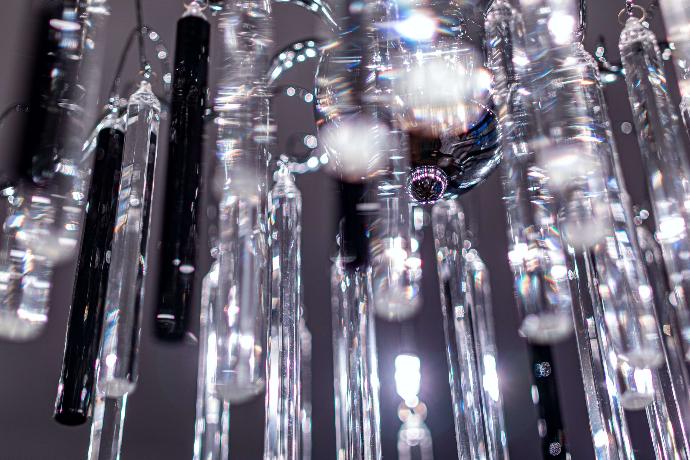Glass is everywhere : glass bottles, glass jars, glass food storage boxes .... This ecological, aesthetic and functional material has everything to please. However, we know few details about its history, its manufacture, its recycling, ...
In this article, we will talk exclusively about the history of glass. However, do not hesitate to browse our other articles.
CONTENTS :
What is glass ?
The history of glass... from prehistory to today
Glass in prehistory
Glass in antiquity
Glass in the Renaissance
Glass in the modern and contemporary period
What is glass ?
When glass is made industrially, it is mainly made from sand. It is a transparent, unalterable, hard and fragile material.
However, glass can also be found in nature:
Obsidian is a glass of volcanic origin that was already used in prehistoric times to form arrowheads. Obsidian is very hard and opaque.
The fulgurites are grains of sand touched by a lightning and which form small glass tubes.
Tektites are small glass balls formed by the impact of meteorites. They are usually colored: black, green, gray, brown, etc.. They are used to make jewelry.
Natural glass shapes are less commercially available than industrial glass.
The history of glass... from prehistory to today
Glass is, in simple terms, sand heated to a very high temperature. It is one of the oldest materials used by man. Its history with us begins in prehistoric times.
Glass in prehistory
The first uses of glass by humans date back to prehistoric times when men used obsidian (which can be seen in the photo) to make arrowheads. This was about 100,000 years ago, so the use of glass is not new!

Glass in antiquity
5 centuries before Christ, the first glass manufactures were made. At first, it was a bit of a coincidence and did not really resemble the translucent glass of today.
Little by little, as we move forward in Antiquity, the techniques have improved and especially thanks to the Egyptians, 3 centuries before Jesus Christ. Glass became more translucent and was used as jewelry or as a bottle or cup.
Then, between the 3rd and 1st century BC, the Phoenicians developed the technique of blown glass. This technique, which is still used today, greatly increases the use of glass. It is easier, faster and therefore less expensive than what had been done until now.

The technique of glass blowing has evolved a little over time but the principle remains the same. With a metal tube, we put molten glass at the end of it. One blows in it to give a hollow form to the glass. This makes it possible to make all kinds of objects and in particular vases. This technique quickly spread throughout Europe.
The first glass glasses appeared among the Romans in the 1st century B.C. even if their use was relatively rare because they were only for the richest people.
Glass in the Middle Ages
In the Middle Ages, new techniques appeared which allowed, in particular, to make stained glass.
The first is crown blowing. The glass was blown and then flattened and cut to form stained-glass windows.
The second technique is sleeve blowing. The glass was blown into a hollow bottle and the ends were cut off to form a cylinder which was expanded to form a sheet of glass. The glass was then cut to form the stained glass windows.

The glass glasses, already present in the antiquity but little used at the time, begin to develop thanks to the fact that the glass becomes more translucent. With the translucent glass appear the magnifying glasses and the eyeglasses.
Glass in the Renaissance
Thanks to the Venetians, the crystal makes its appearance. An even more translucent glass and which spreads quickly in all Europe. Crystal and glass have almost the same composition but crystal contains lead oxide which increases the transparency and the refractive index.
In parallel, many scientists are studying the reflection of light from glass to better understand these phenomena. This makes it possible to create glasses which make it possible to see near and far.

Glass in the modern and contemporary period
With industrialization, glass is more and more processed, more and more produced. New techniques and new qualities appear to make glass more resistant and more translucent.
Numerous scientific discoveries resulted from the use of glass and its study, such as spectral lines. The spectroscopy appears and that will allow to know the composition of the matter.
Nowadays, glass is used in many fields: construction, IT, energy, telephony, etc. For example, the highest tower in the world in Dubai required 10 hectares of glass ( which is equivalent to the surface of 20 soccer fields).

See you soon !
Titi the Wapiti
References :
(French) Histoire du verre - FUTUREMAG - ARTE
